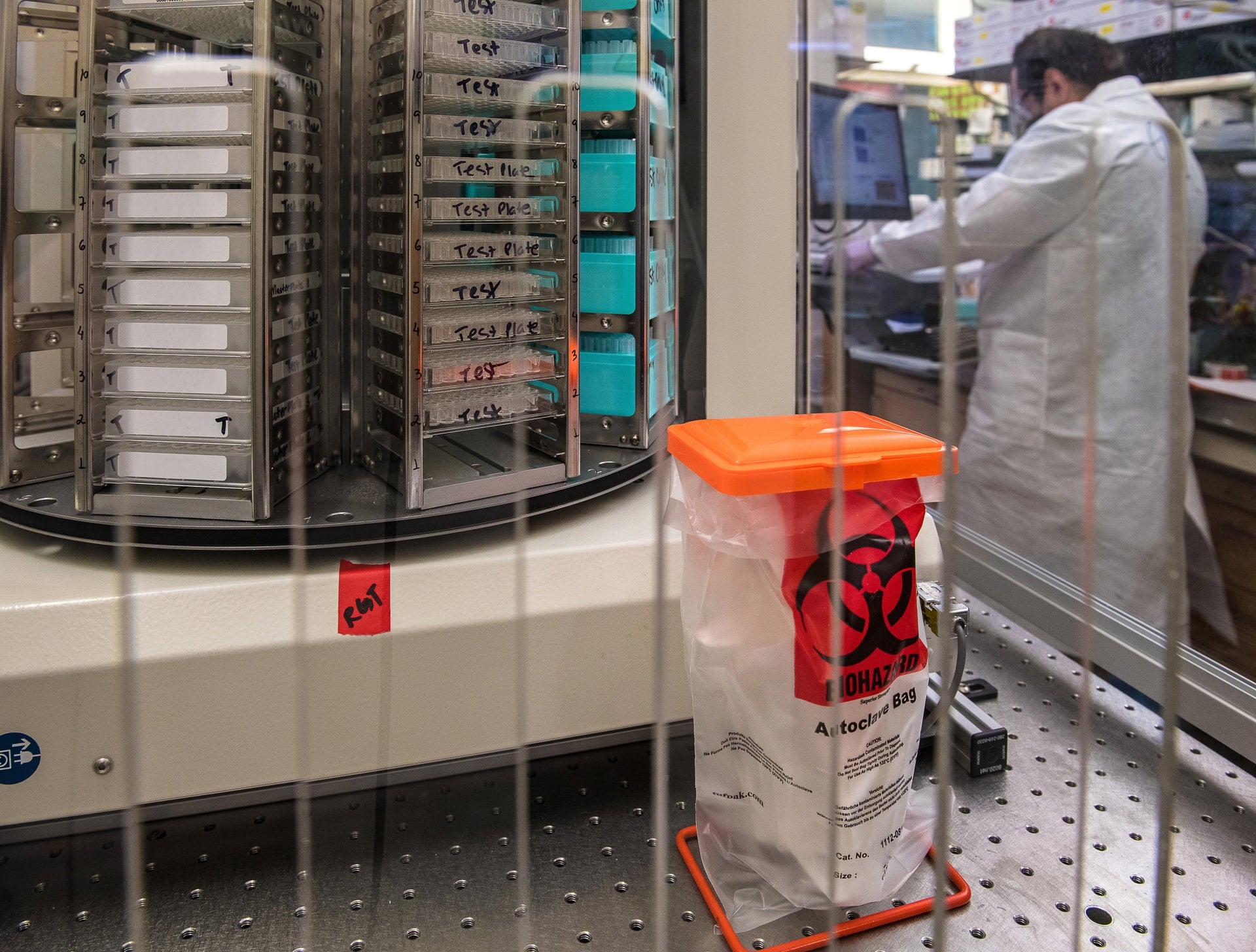An ERP, short for Enterprise Resource Planning, is a software solution designed to help you manage your business. A distribution-specific ERP is one of the modules in the ERP system designed for wholesalers, distributors, third-party logistics providers, and food distributors.
A distribution ERP software manages shipping and transportation logistics, forecasts product demand, tracks inventory levels, enables you to calculate true landed costs, supports on-time, in-full requirements, and facilitates the delivery of goods to customers. Although the products offered by distributors may vary, a distribution ERP is an important tool for improving the efficiency and profitability of a business.
Steps to Implementing a Distribution ERP
If your business is getting overwhelmed by the distribution process, has problems scaling, can’t manage data or meet the demand of customers, or frequently has dissatisfied customers, it is a sign that your business needs a distribution ERP. The following steps can prove helpful in the implementation of a distribution ERP.
Step 1: Planning
At this point, the business has identified its needs and decided to implement a distribution ERP. In this step, the business decides which ERP software to purchase by researching the options available and comparing ERPs for distribution companies.
The business also needs to create a realistic budget and timeline (with the average being between six and nine months) for the deployment of the ERP solution.
Step 2: Project Launch
In officially launching the project, the business creates a team of in-house members and external professionals that will oversee and carry out the implementation of the ERP. Every member of staff should be involved in the process to understand how the distribution ERP system will affect their operations.
Step 3: Design and Development
One of the most crucial steps involves brainstorming to identify and document what the software should help the business do. The team needs to come up with a clear outline of the business processes and make recommendations on streamlining these processes to align with the ERP’s functionality.
The team should also decide the features of the distribution ERP that will be implemented, the order in which they will be implemented, and the roadmap for the entire project. In addition, the distribution ERP implementation strategy for deployment—Big Bang, Phased Rollout, Parallel Adoption, or Hybrid Adoption—needs to be agreed on.
Step 4: Installation and Configuration
This step requires software engineers and ERP distribution specialists to install and configure the ERP system to suit the needs of the business. Some of the most important paperwork for your business, such as a purchase order form, should be made by the developers.
Step 5: Testing
After the ERP system has been designed, installed, and configured to suit organizational needs, User Acceptance Testing (UAT) is performed. IT professionals are recommended to test the system to ensure that bugs and software errors are detected, and multiple tests should be conducted to ensure a bug-free system.
Step 6: Employee Training
After the ERP has been tested and is on course for full deployment, attention should be shifted to training employees who will be using the software. Staff that play a role in distributing goods should be trained to use the new software tool.
Step 8: Software Integration and Migration
If the result of the UAT recommends deployment, the enterprise can begin shifting its data from its old system to the new ERP software. In this step, other software tools required to work harmoniously with your newly installed ERP are also integrated.
Step 9: ERP Launch
At this step, your distribution ERP software is ready to go live and bring better performance and higher efficiency to every department.
Benefits of a Distribution ERP
Regardless of the size of your business, you need a robust distribution ERP to help you grow. There are many benefits to a distribution ERP, including:
- A distribution ERP helps optimize inventory management and improve forecasting accuracy.
- It leads to faster shipping speed, efficiency, and accuracy.
- It improves operational processes, performance, and profitability.
- It helps in reducing costs with profitability analysis and efficiency in your operations.
- It leads to better customer satisfaction.
- It helps maintain retailer compliance.
Implementing a distribution ERP won’t happen overnight—some challenges of implementing an ERP in distribution include that it requires time, resources, and a lot of planning. However, when implemented, a distribution ERP improves efficiency across an enterprise, helps distributors increase profits, and ensures that the entire business uses the same real-time data.





